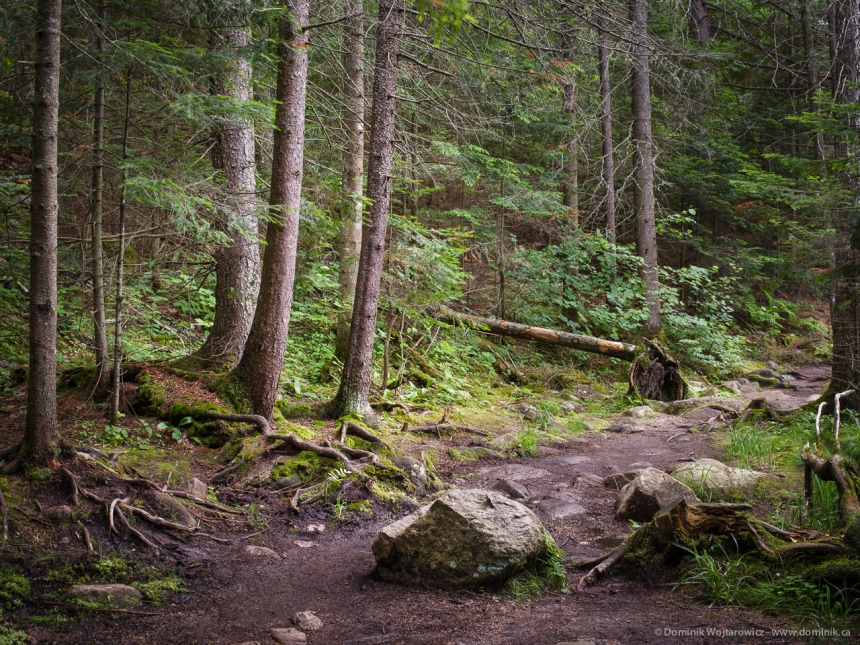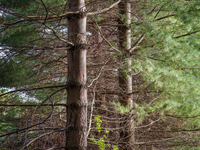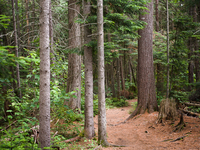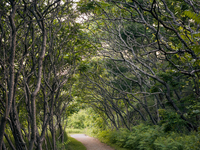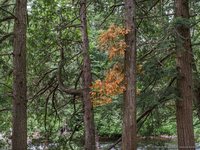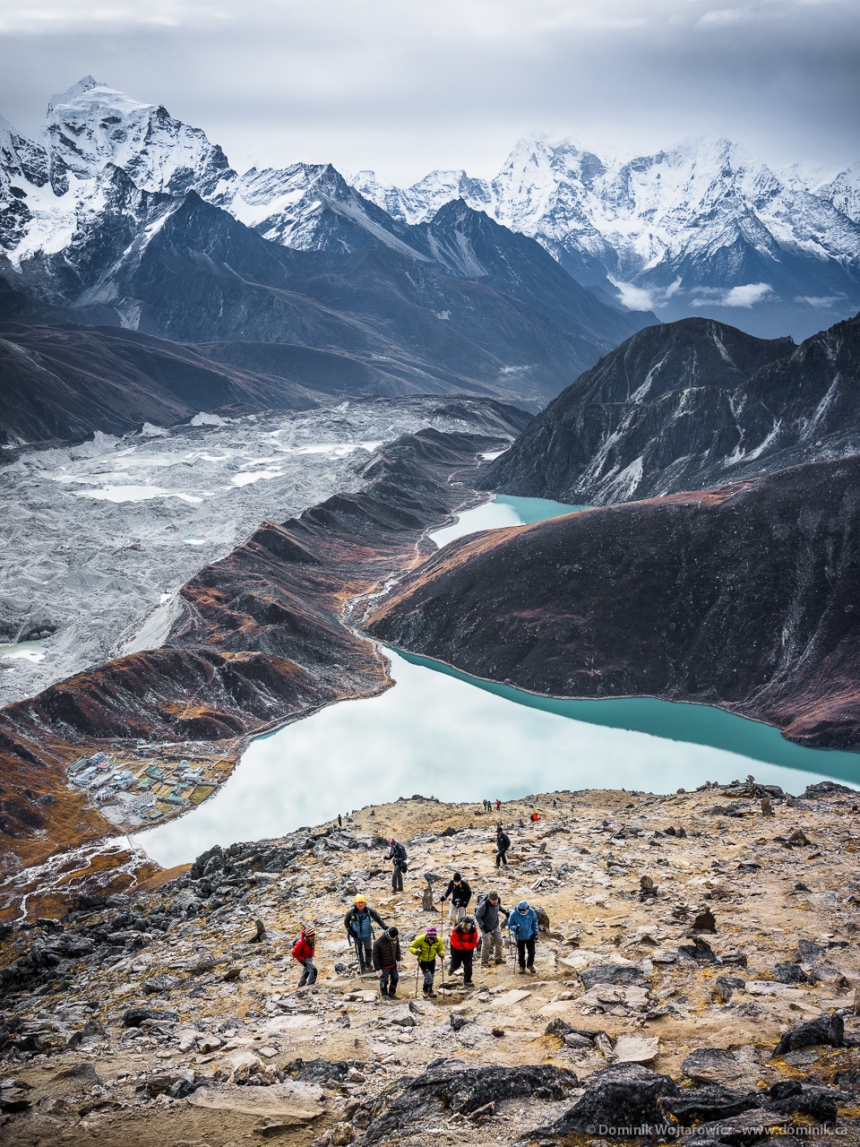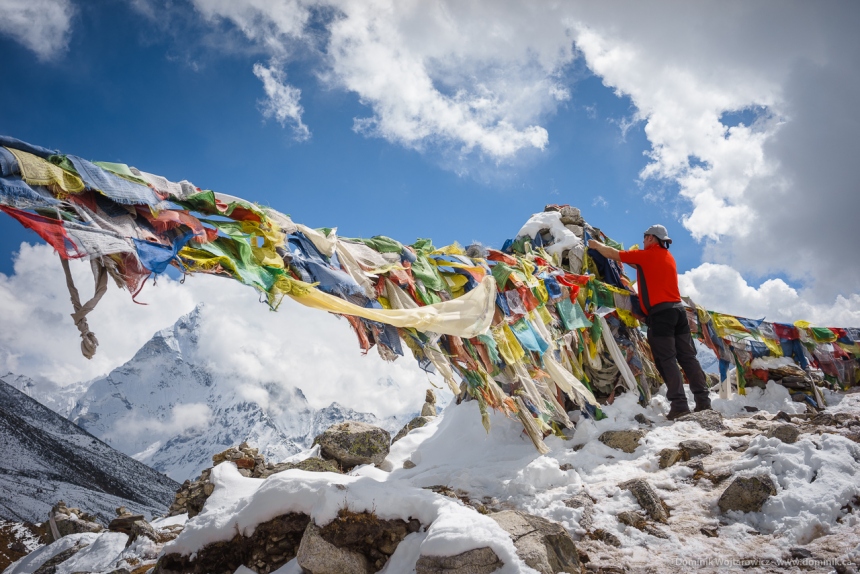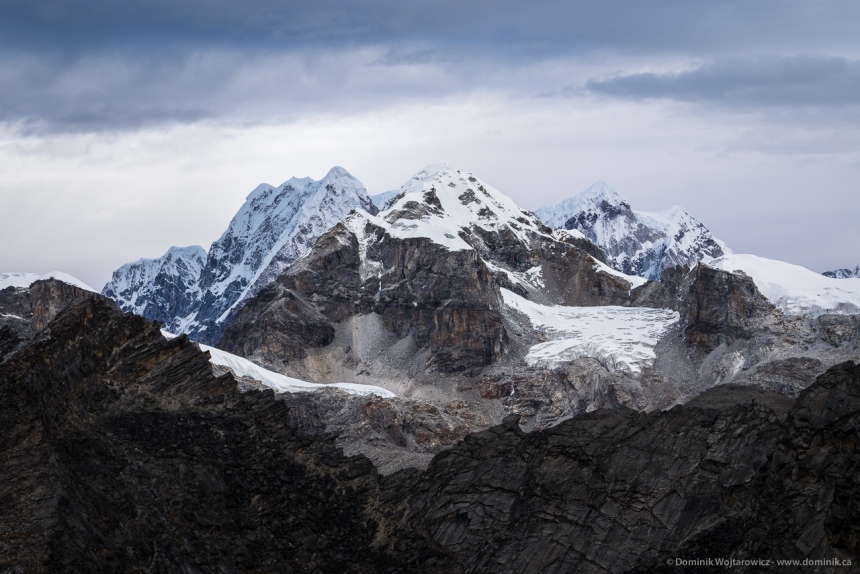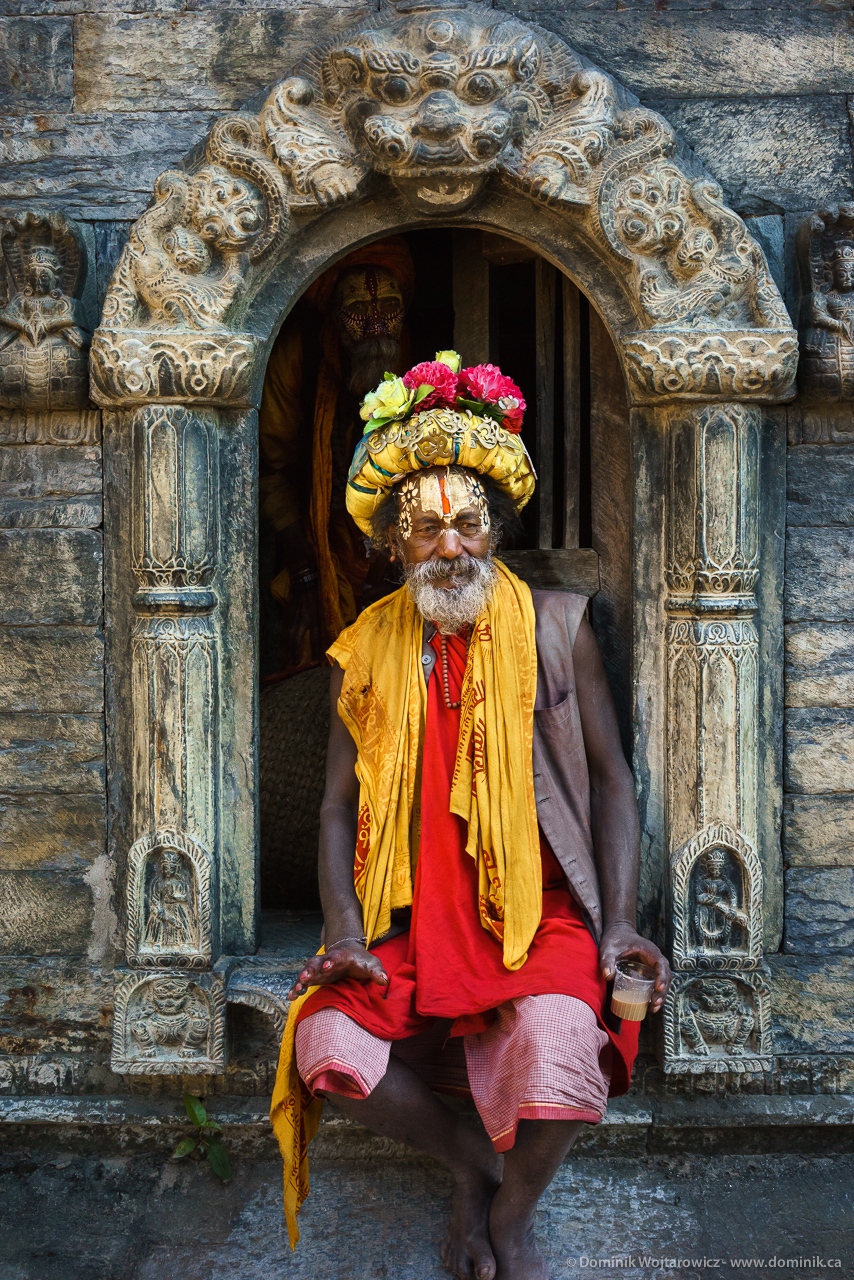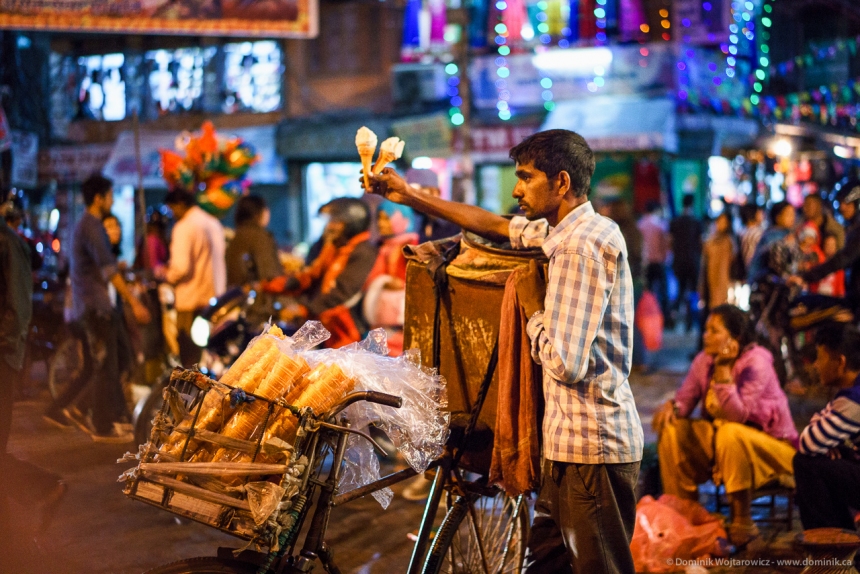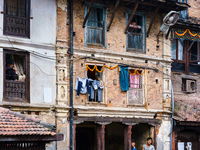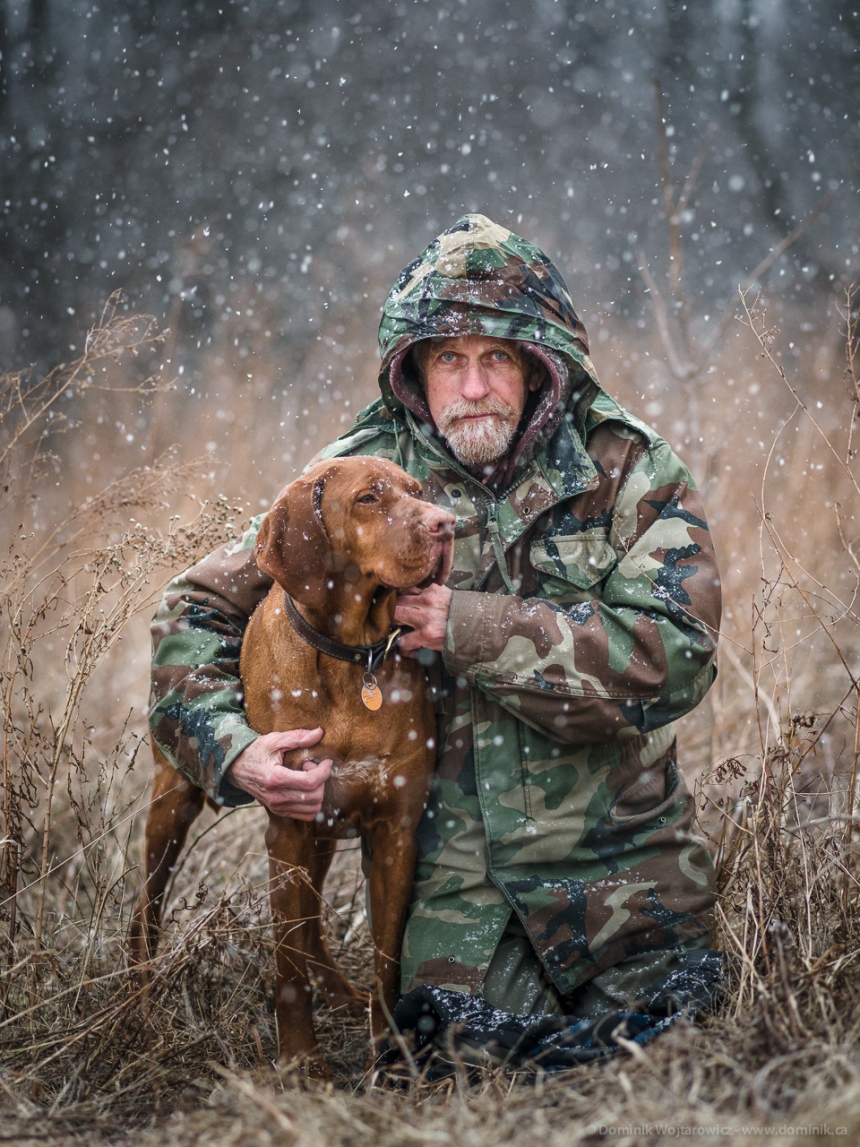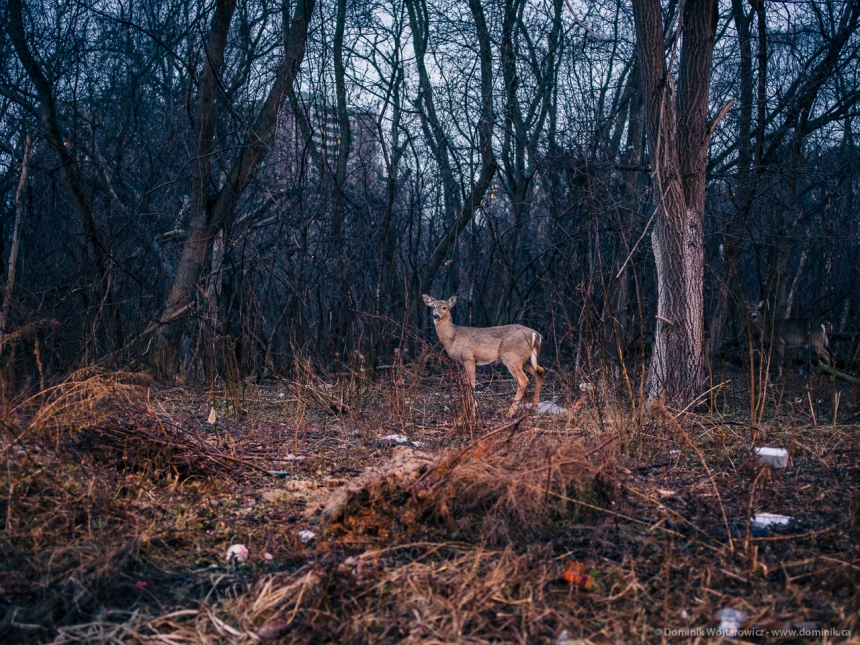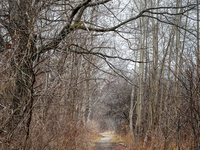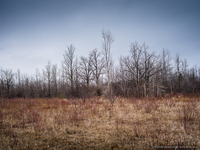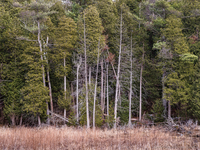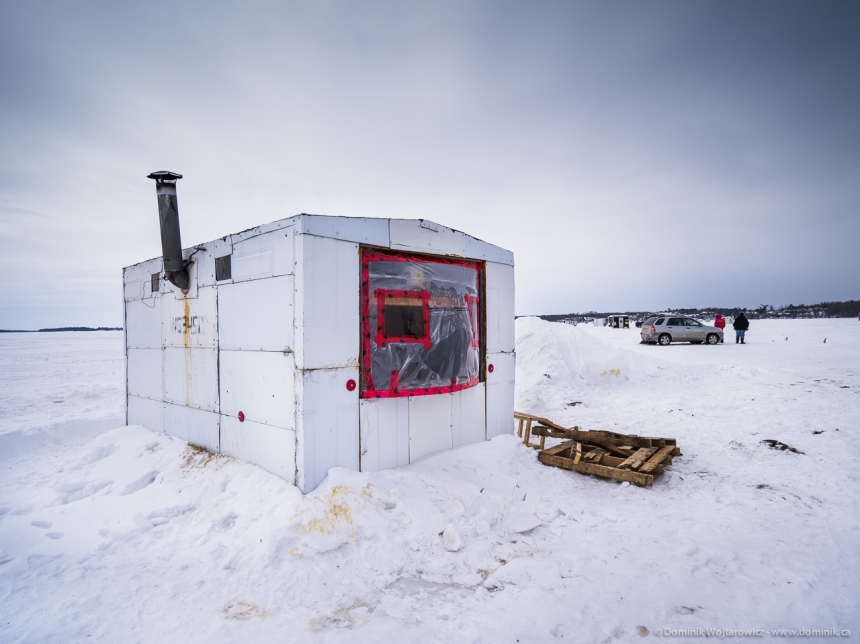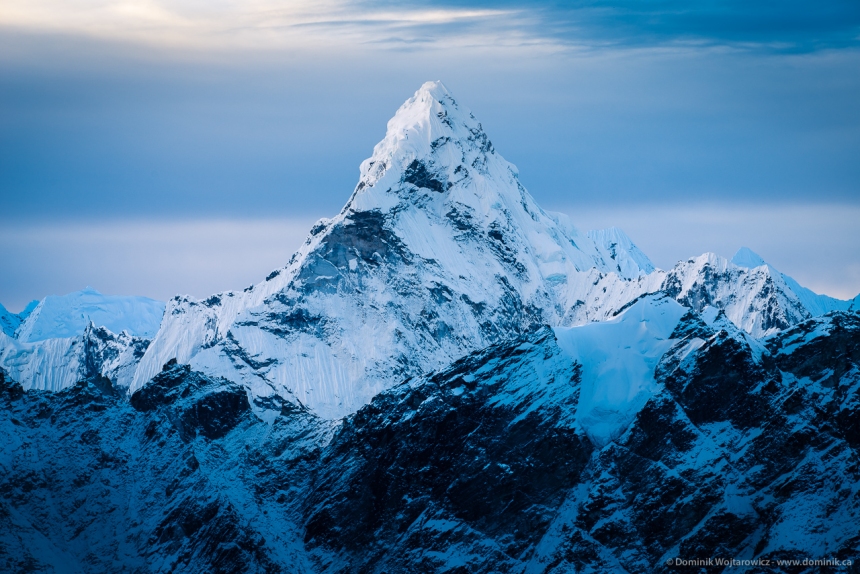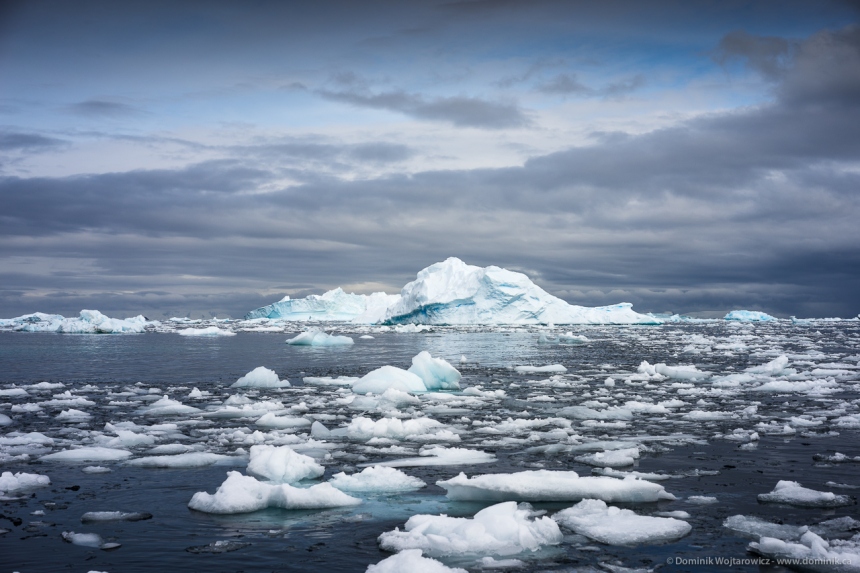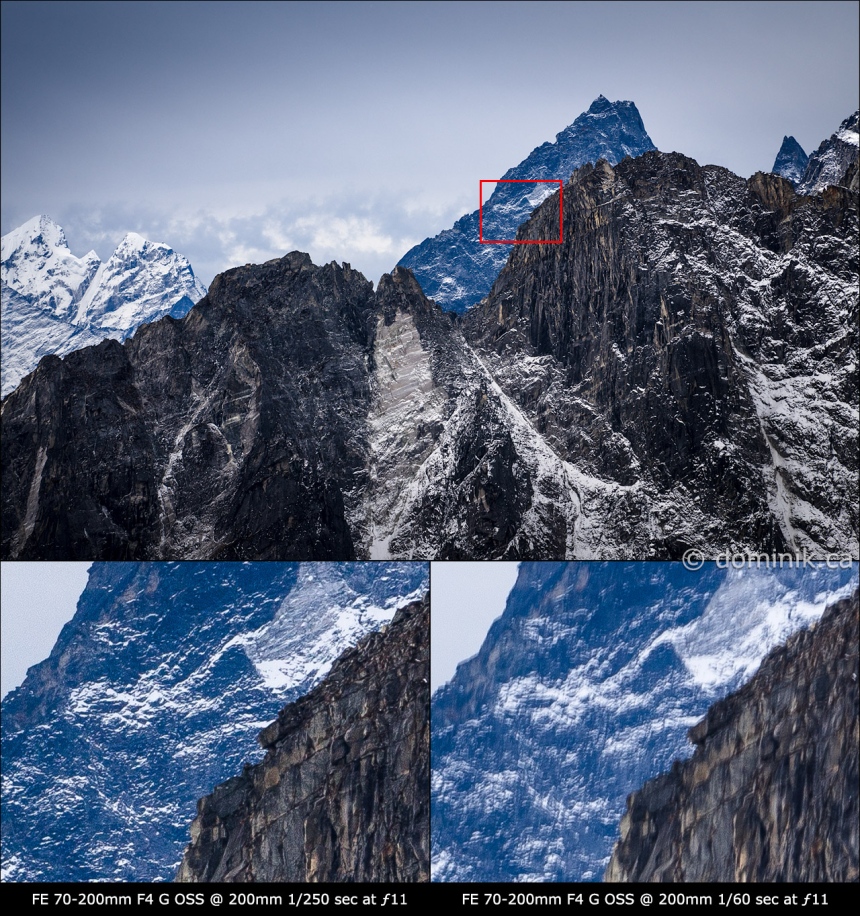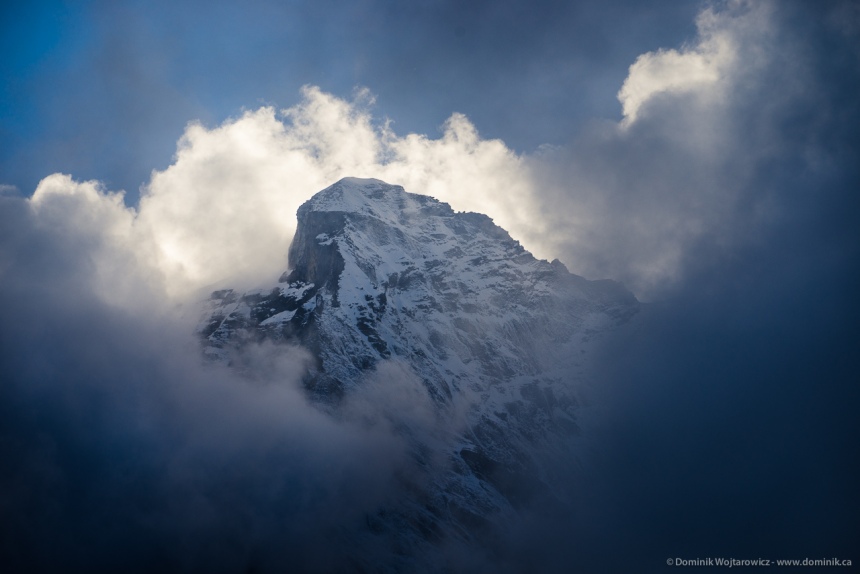This is not going to be a standard review praising the camera based on lab tests or stroll through a city on a good day. I have used a couple of the A7r bodies in various locations around the world ranging from dry deserts, the fluctuating moods of Antarctica, and the harsh conditions of the upper Himalayas.
I will try to keep this post brief and to the point, so here it goes…
Is the Sony A7r a professional camera ?
Sony advertises the A7r as a “professional” camera, or the top of the line in it’s mirror-less lineup. The word professional become more of a marketing buzz word in recent years than a term to describe tools designed for people that depend on them to make their livelihoods (aka, professionals).
So is the A7r with all it’s marketing claims a professional tool ? The short and simple answer is no. Why you ask ? Read on.
What makes a camera professional ?
A camera intended for professional use needs to keep a few things at the top of it’s feature list. These include:
• Image retention piece of mind in the form of dual card slots. Having dual card slots that allow for simultaneous writes safeguards from bad SD cards, allows backup, and lets the photographer hide one of the cards quickly if harassed to erase an image, or a series of images by various rent-a-cops or similar goons scattered throughout the globe.
• Removing as much of the camera interface away from the photographer as possible. In most situations the fewer controls one has to touch or re adjust the better. In this regard the A7r falls short in its build in behaviours. For example switching into manual focus should stick regardless of the priority mode the camera is set to. The current behaviour resets manually adjusted focus when switching from shutter priority to aperture priority or full manual mode, forcing the user to re focus on a subject and wasting time. Why not keep an adjustment that the user has already made when switching exposure modes ? I have more to say about the bad interface decisions below.
• Real weather/environment sealing. The A7r is not really weather sealed despite having been advertised as such during the initial release. In recent months I have noticed Sony removing most of the weather sealing claims for their site and other marketing materials; this is most likely due to user complaints.
Real weather sealing means being able to take the camera out in pouring rain, in fluctuating temperature conditions, and in dusty environments. It also means the camera can withstand a reasonable amount of abuse such as being put down on dirt, having sand blown on it, or being banged around a little in crowded places. The A7r’s petite frame, including the design of it’s lenses makes this camera clearly a looks over function device.
• Raw files that are truly malleable. Sony claims the compressed RAW format of the A7r is lossless despite using some home brewed compression scheme. I have not found the RAW files out of this camera to be truly uncompressed when using Adobe camera raw (Lightroom) to process them. Compared to files that come out of the Pentax 645D or even the Panasonic GX7, the Sony raw’s have a high tendency to exhibit banding in fine gradations such as skies and some skin tones. I have noticed the low tones to be a lot more brittle compared to the 645D files.
Another thing that I’m observing is flattening of highlights despite the histogram showing ample headroom. There is loss of texture and tonal separation in the highlights that I’m not getting in files from other cameras. This is most striking in certain images of clouds and snow.
• A non vibrating shutter. Much has been written about this elsewhere on the internet, but I must confirm this is not a problem only encountered by anal retentive camera reviewers. The shutter vibration on this camera is real and ruins shots at very common shutter speeds used in shooting landscapes. No professional camera should ever be released with a problem such as this having been overlooked.
• Ray angle issues ? The a7R seems to produce a purple vignette when using the 35mm ƒ2.8 and in some cases the 55mm ƒ1.8. I’m not sure if this is a ray angle issue with the lens and sensor combination, or if there is another culprit to blame. I have to colour correct this in many images that have overcast conditions and it’s quite frankly a huge annoyance. Both of my a7r bodies exhibit this behaviour.
Sony A7r bad interface decisions
Realizing that every user has their own ergonomic and interface preferences, the following is my personal rundown of things that annoy or downright irritate me about the A7r.
• Manual focus does not stick when switching exposure modes or waking up from sleep. Imagine this simple scenario: You are trying to take a picture of a mountain peak and carefully manual focus the shot on a tripod in aperture priority. You now realize that the shutter speed is in a zone that will create a blur from the A7r shutter vibration and decide to switch to manual mode to control both the shutter and the aperture. Boom, you just lost your focus point because the camera switched into auto focus. Time to refocus your shot. Same thing happens when the camera comes out of sleep mode.
• No ability to turn of the EVF eye sensor. What if you manually want to switch between the EVF and back screen ? Can’t do it. Try walking with the camera by your side, you will constantly see it switching between the back screen and the EVF, drawing attention to itself in places where the back screen should not be coming on.
• The aperture scroll wheel is to close to the on/off switch. I have turned off the camera by mistake multiple times while wearing thicker gloves. Buttons on the camera can be triggered by accident even without wearing gloves. I recommend turning off the scroll wheel altogether as it has a big potential to be accidentally moved.
• The manual focus assist behaviours are lame. When manual focusing with focus assist on, the camera magnifies the area being focused on while the focus ring of the lens is being moved (expected behaviour). As soon as the user stops focusing, the magnified image lingers for a user selectable time of 2-5 seconds or forever unless the shutter button (or another assigned button) is pressed. This is not intuitive behaviour when shooting. I want to manually focus, and instantly see the whole frame the moment I let go of the focusing ring. Why this behaviour is not included as one of the options is a mystery.
Perhaps Sony should include a cropped focus magnification overlay on top of the whole frame like Panasonic has implemented. That way the photographer can confirm focus while still making sure the framing has not drifted during focus adjustments.
• The firmware updater is a mess. Sony should do what most other camera manufacturers do, let the user place a file on a SD card and have the camera automatically go into firmware update mode when the right file is detected. Having a whole application to do this is crazy, especially one that installs a root kit on your computer. This is one of the most idiotic decisions sony has made.
• Have the online/wifi features off by default. They waste to much battery.
• Include a real charger. The camera does not come with a charger, just a USB cable that one has to use to charge the camera through the body. This obviously puts the camera out of commission while the battery is being charged.



